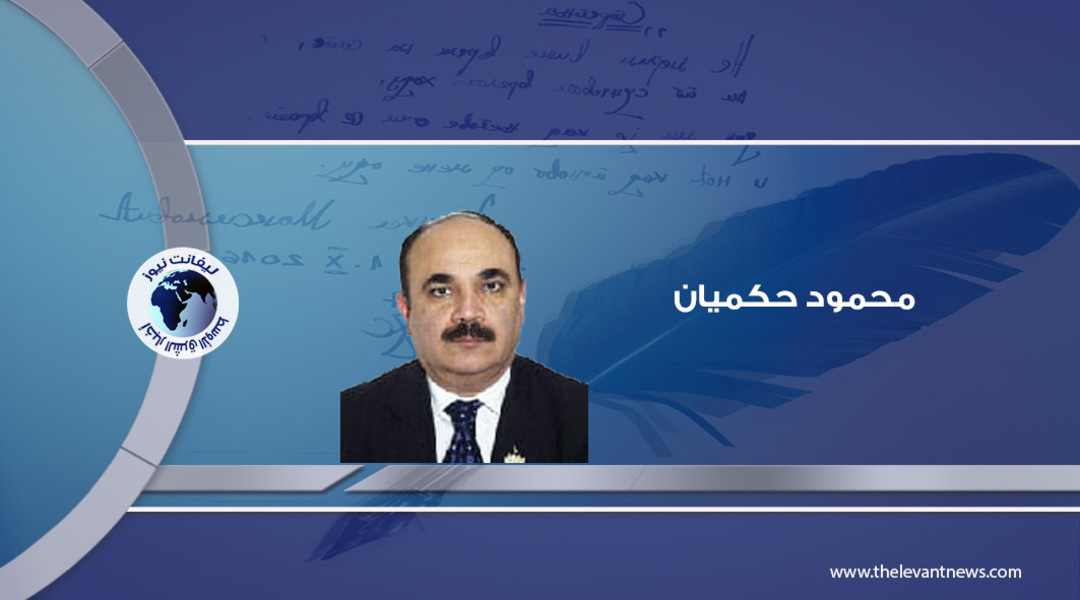-
The Escalating Economic Crisis in Iran and Its Impact on the Population

Iran is facing a severe economic crisis characterized by soaring inflation, a collapsing currency, and persistent poverty. As international sanctions intensify and government resources are diverted to support regional conflicts, including the ongoing Gaza crisis, the Iranian people are confronting increasing hardships. With an unpredictable currency market and the daily fluctuations of the rial against the dollar, Iranians find themselves recalculating their expenses in anticipation of the continued depreciation of their currency.
**Rising Poverty and the Disappearance of the Middle Class**
As economic instability grows, a report from the Parliamentary Research Center indicates that more than a third of Iranians, nearly 30 million people, now live in abject poverty, struggling to meet basic needs. Daily life has significantly changed for the average Iranian; luxuries such as travel, dining out, and entertainment have been deemed non-essential. For many, the only priority is securing shelter, while food and other necessities come second. Meat, chicken, and even fruits have become rare purchases, as rental costs dominate family budgets.
**Currency in Freefall**
For years, Iranians have lamented that they "earn in rials but spend in dollars," as fluctuating exchange rates severely impact purchasing power. Since Masoud Bezhakian's government took office, while promising economic improvement without any sign of realization, the dollar reached record levels, with the exchange rate recently hitting 66,500 tomans. Regional tensions have compounded currency pressures, especially following the Israeli strike on the Iranian consulate in Damascus in April 2024. With the rial losing over 10% of its value in the wake of these tensions, economic difficulties have deepened as the region faces the potential for broader conflict.
**Uncontrolled Inflation and an Unpredictable Market**
The cascading effects of the rapid increase in the dollar’s value have made essential goods unpredictably expensive. Food prices have surged in recent months, regardless of the already high inflation rate in the country. Vendors in markets are now adjusting prices daily, and consumers have grown accustomed to this persistent increase. Traders report that establishing stable prices has become impossible, and many consumers express a preference for gradual, predictable price hikes over the current erratic changes.
**Rising Living Costs in Iran's Capital**
The Iranian Statistical Center recently reported a staggering increase in living costs, especially in urban areas. Annual living costs in Tehran have reached 330 million tomans, pushing many middle-income families to the brink of poverty. Rising rents, the surging dollar, and inflation have forced thousands to abandon urban life and move to suburban areas. These shifts have created new living arrangements as people cope with housing costs by renting shared spaces, overpriced rooms, or even resorting to sleeping on buses or rooftops. Social media occasionally reveals such desperate conditions, although state media routinely denies their existence.
**Deteriorating Food Insecurity and Malnutrition**
According to a recent report from the government website "Entekhab," food insecurity is now widespread, with eight provinces facing acute shortages. In Sistan and Baluchestan, approximately 70% of the population suffers from food insecurity, and malnutrition rates among children have risen. Khuzestan and Sistan and Baluchestan are particularly hard-hit, with 58% and 50% of children, respectively, facing health issues related to malnutrition. Per capita meat consumption has dropped to just five kilograms, far below the global average of 30 kilograms. Yet, while domestic demand for dairy products falls, Iran continues to export dairy goods, highlighting a paradox of scarcity amid rising prices.
**Minimum Wage Insufficient for Basic Needs**
The disparity between the minimum wage and the cost of living is staggering. In September 2024, the monthly cost of a basic living basket exceeded 36 million tomans, while the minimum wage for official workers remains just 7 million tomans. This gap leaves most families unable to cover essential expenses, forcing many to rely on loans or government aid to meet their daily needs.
**Rising National Debt and Financial Crisis**
The regime's economic policies have exacerbated the crisis. The Iranian Minister of Economy recently revealed a budget deficit of 850 trillion tomans, with government debt to banks reaching 1,600 trillion tomans. The country's liquidity has now surpassed 9 trillion tomans, a level indicative of deeper economic distress. This unsustainable financial landscape places additional pressure on the Iranian economy, leaving little room for improvement in living standards and increasing the likelihood of further economic decline.
**Conclusion**
The Iranian economy is in dire straits, facing a volatile currency, rampant inflation, and a crushing cost of living that has plunged millions into poverty. With sanctions tightening and government resources being depleted due to foreign interventions, the people of Iran confront a bleak economic future. Promises made by the government to alleviate economic pressures have yet to be realized, leaving residents in a state of rapid deterioration of quality of life and an uncertain future.
**Levant: Mahmoud Hakmian**
You May Also Like
Popular Posts
Caricature
Syrians' concerns now
- December 10, 2024
Syrians' concerns now #Syria
#Bashar_al-Assad
#Liberation_of_Syria
#Syrians
#Future_of_Syria
#Levant_News

opinion
Report
ads
Newsletter
Subscribe to our mailing list to get the new updates!





















